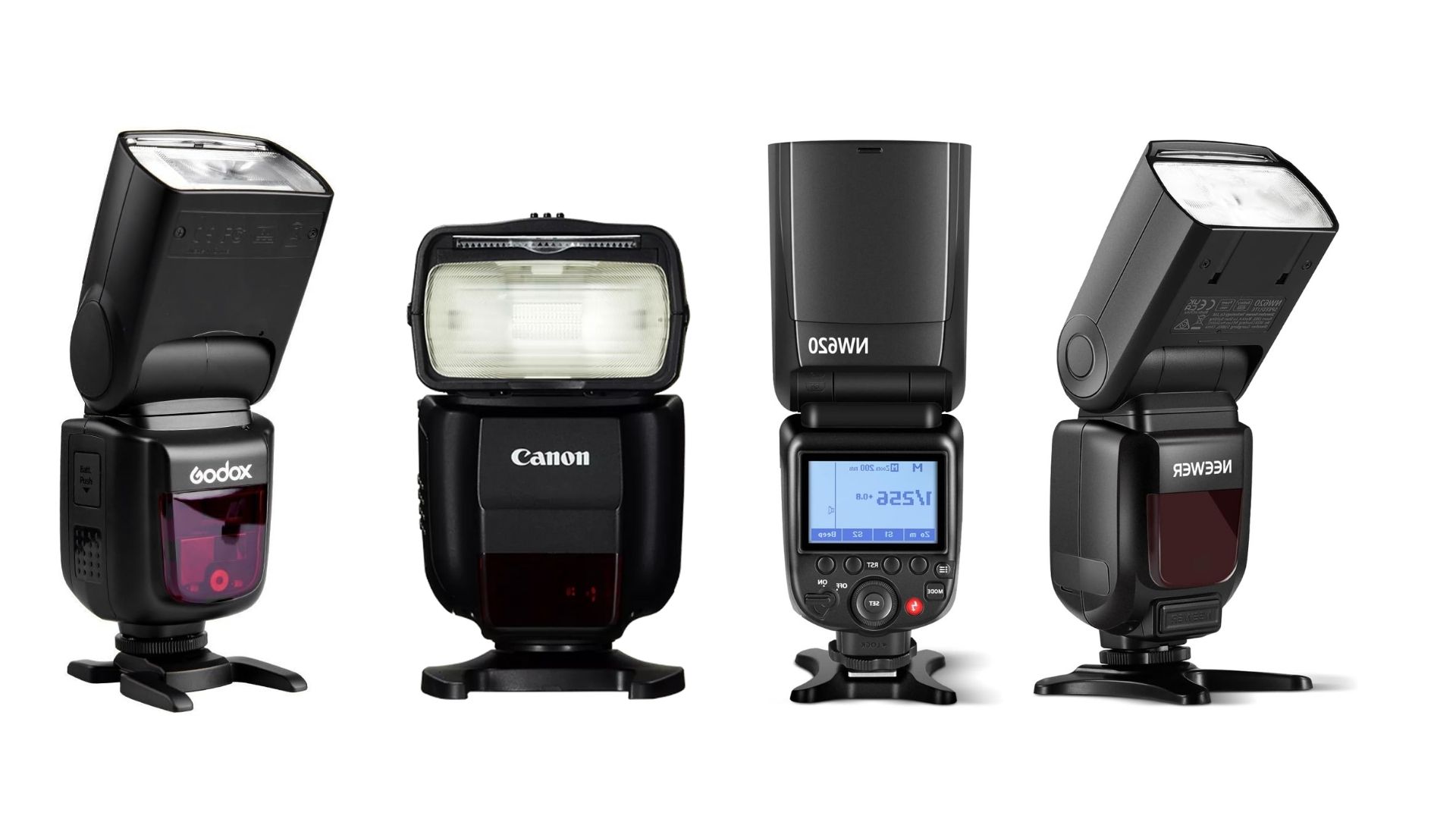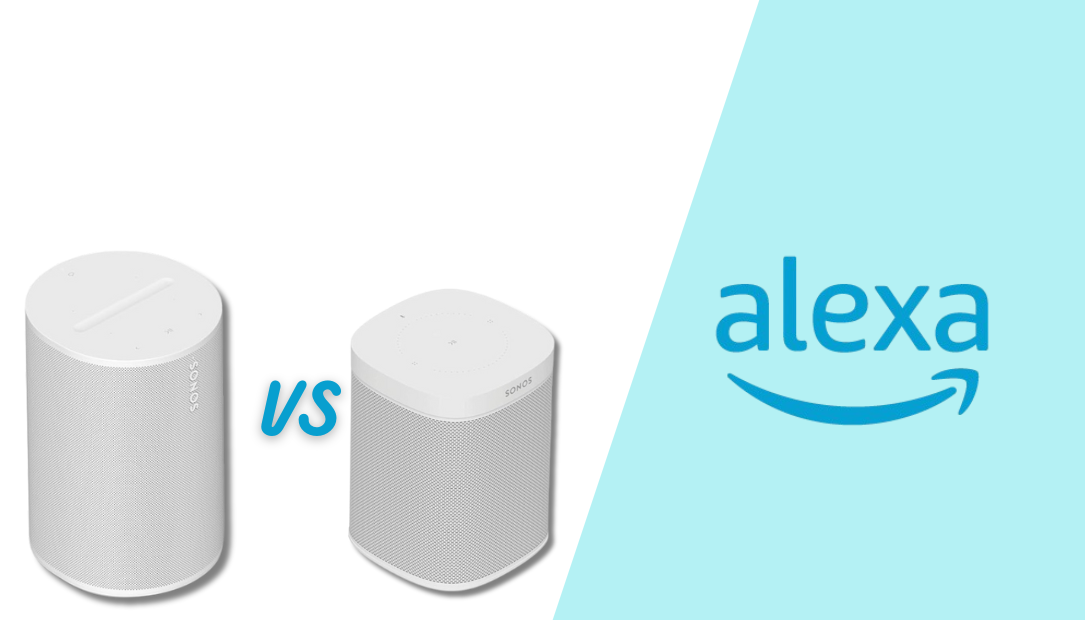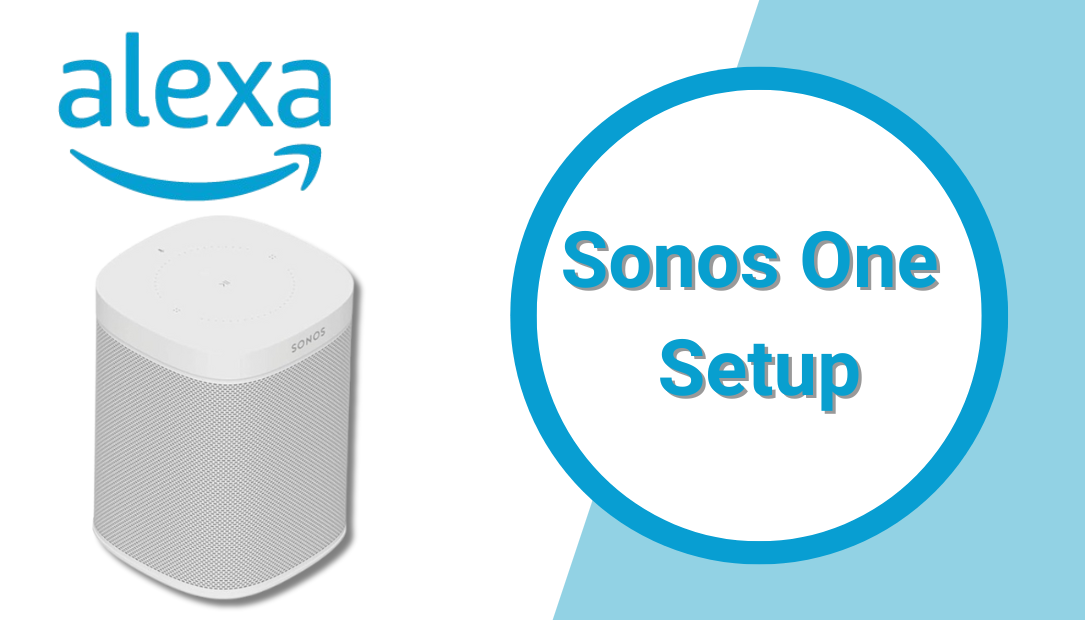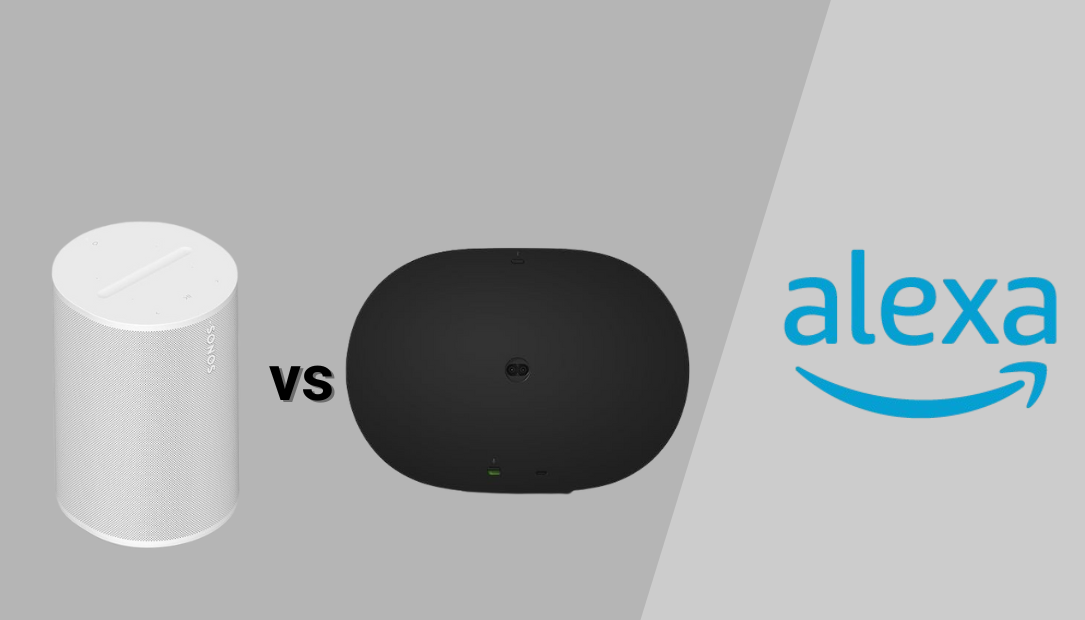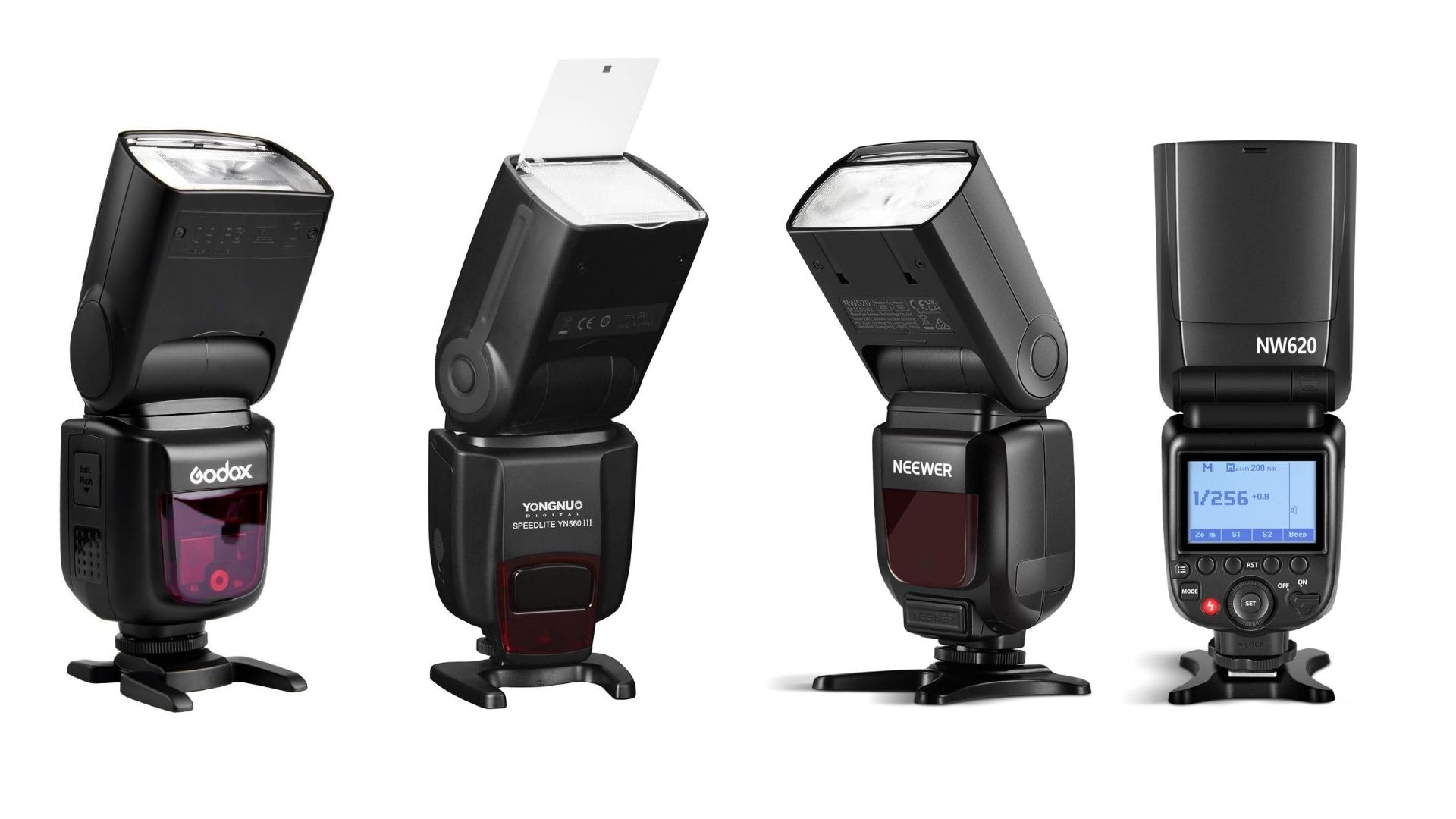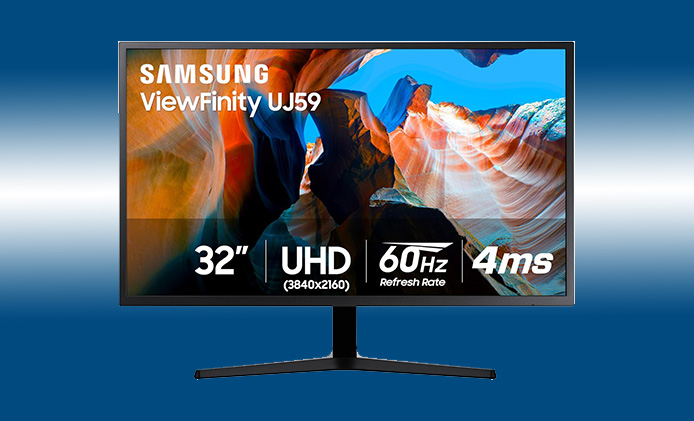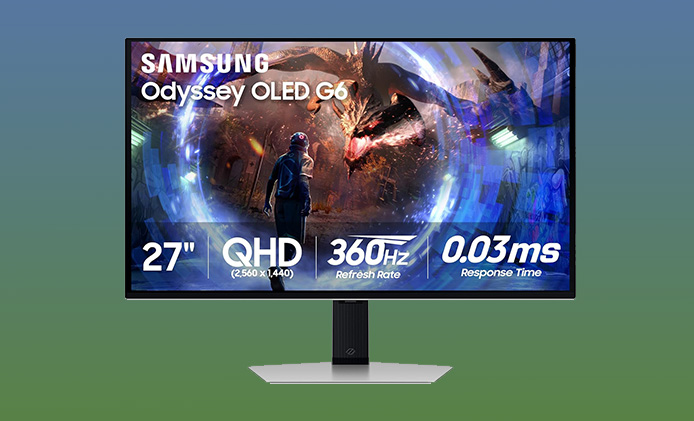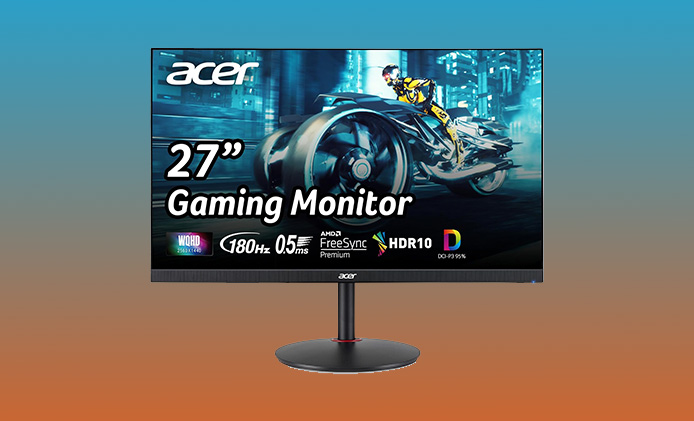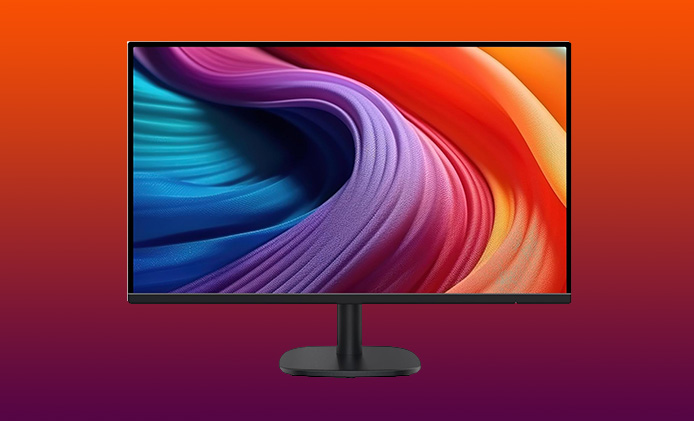When Apple unveiled the newest iPad Pro, my curiosity was immediately piqued. Apple’s Pro line has long been synonymous with cutting-edge technology and premium design. Whether you’re an artist, student, professional, or casual user, the iPad Pro promises to be more than just a tablet—it’s a statement of technological prowess.
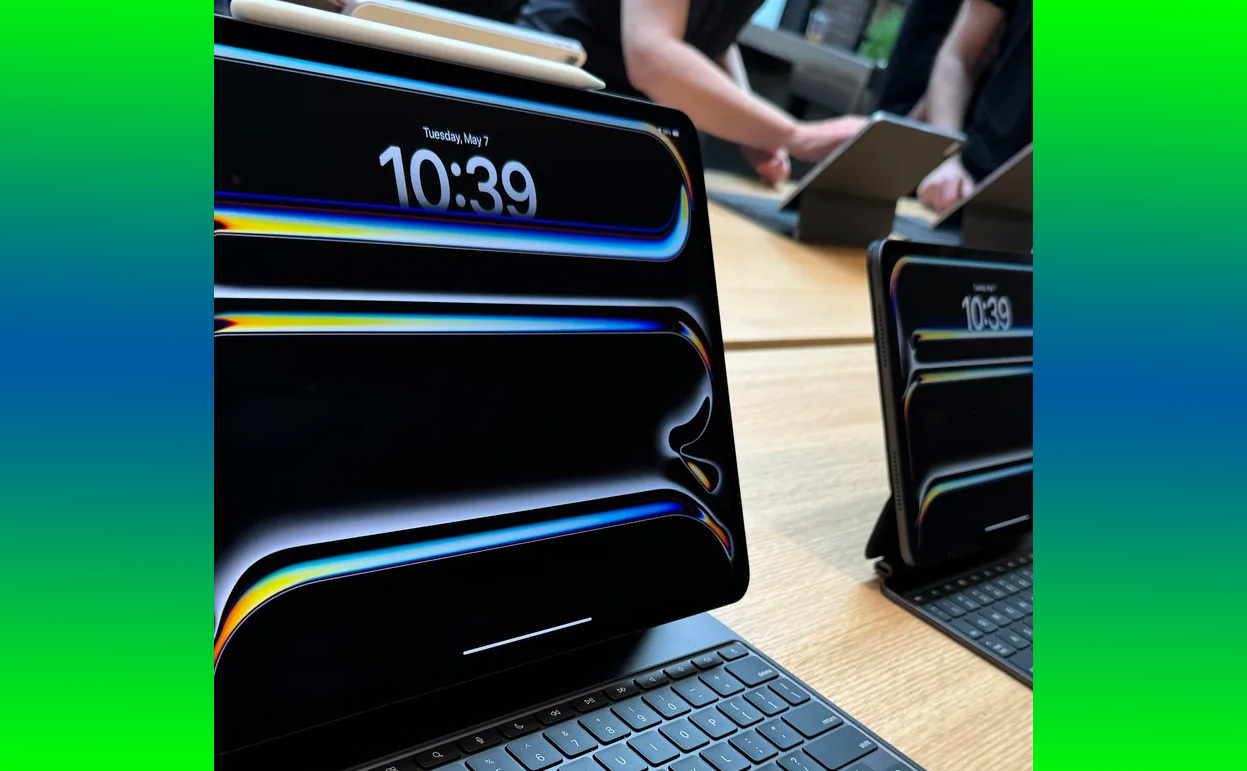
After spending a full week with the latest iPad Pro, I’ve explored its features, pushed its limits, and put it through a variety of real-world tasks. From its jaw-dropping display to its incredible speed and even its quirks, here’s everything that stands out about Apple’s powerhouse tablet.
1. First Impressions: Sleek, Sophisticated, and Unmistakably Apple
The iPad Pro is unmistakably Apple in its design. Straight out of the box, its premium build is evident. The aluminum chassis feels sturdy yet lightweight, and the slim profile is surprisingly portable for a device that packs so much power.
Design and Build Quality
- Sizes: The iPad Pro comes in two sizes—11-inch and 12.9-inch—and both feel exceptionally well-balanced. I tested the 12.9-inch model, and despite its larger screen, it was still easy to handle.
- Portability: Weighing just over a pound (depending on the model), it’s a perfect travel companion for work or entertainment.
- Color Options: Available in Space Gray and Silver, the color options remain classic but slightly predictable.
Verdict on Design: Apple hasn’t reinvented the wheel, but they didn’t need to. The iPad Pro remains one of the best-looking tablets on the market, exuding sophistication in every detail.
2. Display: The Star of the Show
If there’s one feature that immediately wowed me, it’s the Liquid Retina XDR display (on the 12.9-inch model). Apple has once again raised the bar for tablet displays, offering an experience that’s nothing short of mesmerizing.
What Makes the Display Special?
- Mini-LED Technology: The 12.9-inch iPad Pro uses Mini-LED backlighting, which delivers unparalleled brightness and contrast.
- True Blacks: Thanks to over 10,000 mini-LEDs, the blacks are deeper and more vibrant than ever, rivaling OLED displays.
- 120Hz ProMotion: Scrolling, swiping, and drawing on this display is buttery smooth thanks to the 120Hz refresh rate.
- Color Accuracy: Whether editing photos or watching HDR movies, the colors are incredibly vibrant and true to life.
Real-World Use Cases
- Watching movies on this display is a treat. Dolby Vision support makes every scene pop, and even fast-paced action sequences stay sharp.
- As someone who dabbles in digital art, the combination of the Apple Pencil and the iPad Pro’s display feels natural, almost like drawing on paper.
Verdict on the Display: It’s hard to imagine any tablet coming close to the visual quality of the iPad Pro. If you’re into creative work or simply appreciate stunning visuals, this screen is worth the investment.
3. Performance: The M3 Chip Steals the Show
Apple’s M3 chip powers the latest iPad Pro, and it’s a beast. After a week of intensive use, I can confidently say that this tablet doesn’t just close the gap between tablets and laptops—it obliterates it.
Speed and Efficiency
- The M2 chip is absurdly fast. Multitasking feels seamless, even with demanding apps like Final Cut Pro and Procreate running simultaneously.
- Apps open instantly, and switching between them is lag-free.
Benchmarks
In benchmark tests, the iPad Pro performed on par with Apple’s MacBook Air (also powered by the M2 chip), reaffirming its laptop-level performance.
Real-World Use
- Video Editing: Editing 4K videos on LumaFusion was smooth, and exporting large files felt lightning-fast.
- Gaming: Graphics-intensive games like Genshin Impact and Call of Duty: Mobile run flawlessly, with no stuttering or overheating.
Verdict on Performance: The iPad Pro isn’t just a tablet; it’s a powerhouse. Whether you’re a casual user or a professional, the M2 chip ensures you’ll rarely, if ever, feel held back.
4. Accessories: Enhancing the iPad Pro Experience
No review of the iPad Pro would be complete without mentioning its accessories. Apple’s Magic Keyboard and Apple Pencil (2nd Gen) elevate the device from a tablet to a true productivity machine.
Magic Keyboard
- The Magic Keyboard transforms the iPad Pro into a mini-laptop. The backlit keys are a joy to type on, and the built-in trackpad is responsive and precise.
- The floating design looks sleek, but it does add bulk and weight.
Apple Pencil (2nd Gen)
- Perfect for artists, students, and note-takers, the Apple Pencil is an indispensable tool. The latency is almost non-existent, and the new hover feature adds an extra layer of functionality.
Verdict on Accessories
While they’re pricey, the Magic Keyboard and Apple Pencil unlock the full potential of the iPad Pro. If you’re serious about productivity or creativity, they’re worth the splurge.
5. Software: iPadOS at Its Best
The iPad Pro runs on iPadOS, which has matured significantly over the years. While it’s still not macOS, it’s getting closer with every update.
Standout Features in iPadOS
- Stage Manager: Multitasking has never been easier. Stage Manager allows you to resize and arrange windows, making the iPad feel more like a desktop.
- File Management: The Files app has improved dramatically, allowing for easier access to external drives and cloud storage.
- App Ecosystem: From Procreate to Affinity Photo, the app ecosystem on the iPad Pro is unrivaled.
Verdict on Software: iPadOS isn’t perfect, but it’s versatile enough to handle everything from creative projects to office tasks. However, power users might still miss the flexibility of macOS.
6. Battery Life: All-Day Power
Apple claims the iPad Pro offers 10 hours of battery life, and in my tests, that estimate holds up. Here’s how it performed during typical usage:
Battery Performance
- Heavy Use: Even with video editing, gaming, and multitasking, the iPad Pro lasted around 8–9 hours.
- Light Use: For browsing, reading, and streaming, it easily surpassed 10 hours.
Charging
The USB-C port (with Thunderbolt) supports fast charging, but you’ll need to invest in a higher-wattage adapter for the fastest speeds.
Verdict on Battery: The iPad Pro delivers reliable all-day battery life, but heavy users should keep a charger handy.
7. Pricing: Is It Worth It?
Let’s address the elephant in the room: the price. The iPad Pro starts at $799 for the 11-inch model and $1,099 for the 12.9-inch model (Wi-Fi only). Add accessories, and the total can climb quickly.
Who Is It For?
- Creative Professionals: The iPad Pro is unmatched for artists, designers, and video editors.
- Power Users: If you need a tablet that can replace your laptop, this is it.
- Casual Users: If your needs are basic, the iPad Air or standard iPad might offer better value.
Verdict on Pricing: The iPad Pro is expensive, but its performance, display, and versatility justify the cost—if you’ll actually use its full potential.
Final Thoughts: What Stands Out After a Week?
After a full week of using the new iPad Pro, it’s clear that Apple has created something truly special. Here’s what stands out the most:
- The display is the best I’ve ever seen on a tablet, making everything from movies to artwork look stunning.
- The M3 chip delivers incredible performance, blurring the line between tablet and laptop.
- The accessories take productivity to the next level, though their cost might be prohibitive for some.
Is It Worth Buying?
If you’re a creative professional, a multitasker, or someone who demands the best, the iPad Pro is absolutely worth it. However, casual users might find it overkill, especially given the price tag.
In short, the iPad Pro is more than just a tablet—it’s a statement of what technology can achieve. And after a week of testing, I’m convinced it’s the best iPad Apple has ever made.
Also Check:
- Interested in a Top Rated Speedlight for Camera to Illuminate Your Shots? Then Check…
- Sonos One Setup: Here’s How I Set Up the Sonos One with Alexa for…
- Sonos Era 100 vs 300: Why the Sonos Era 300 Is the Better Choice…
- Why the Samsung Odyssey G6 Is the Perfect Blend of Speed, Style, and Precision
- This $169 Acer Nitro Monitor Proves You Don’t Need to Overspend for Quality
